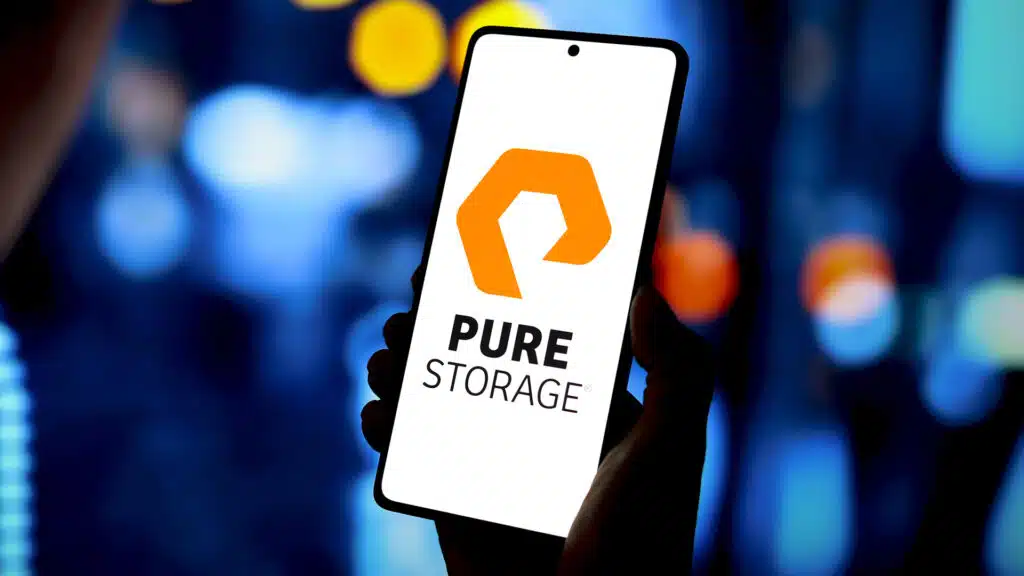The News: Continuing to expand its portfolio of cloud-based “data-to-everything” software, Splunk says its Splunk Observability Cloud for IT and DevOps teams, in beta since last fall, is now generally available.
The system, which originally debuted in October in beta as the Splunk Observability Suite, is key to the company’s efforts to expand sales of its machine data management technology for IT infrastructure monitoring, application performance management and DevOps tasks. Read the full news item on CRN.
Analyst Take: Splunk has spent substantial resources amidst the pandemic to transition the business and innovate to protect its market leadership and enable company growth.
This effort started with a shift away from traditional software licensing and pricing driven by data volume to a subscription model in the cloud that scaled for enterprise users and created more predictable recurring revenue for Splunk.
All in all, the company has executed its plan, and Splunk is in a stronger position coming out of the pandemic than it was prior. And to be clear, the company’s trajectory was good pre-Covid 19.
The challenge for many companies as we see the migration to hybrid and multi-cloud, the exponential growth of data, and the sprawl of applications across the enterprise, is management. We are not new to application performance management tools, but largely the tools have been disparate and use-specific. With IT monitoring, DevOps, and Security monitoring all top of mind, the ability to streamline the toolsets into a single ecosystem is proving a priority for CIO, CISO. Furthermore, it aligns with board-level digital transformation objectives.
Splunk Addresses the Challenge with its Observability Suite
We have seen a robust, rising interest in observability based upon the above-mentioned need to streamline. Splunk is deepening its observability offer at the same time. IBM has recently made two acquisitions (Instana, Turbonomics) to deepen its observability bench. Cisco AppD has been aggressive in the market, and the public cloud players are all increasing their observability offerings to meet the growing demand.
Splunk didn’t just arrive at the strategy of tying together its offerings to be more competitive and meet market needs out of the blue. The company made six acquisitions between June of 2018 and December of 2020 to round out the suite. The company has become a leader in OpenTelemetry and spent big to acquire SignalFx to meet the migration of IT to Kubernetes and microservices.
The outcome of the Splunk Observability suite becomes the more comprehensive Splunk Cloud, which hosts a complete subset of observability capabilities that are required for monitoring complex IT environments, including:
- Real User Monitoring
- Service Monitoring and Insights
- Event Analytics
- Incident Response and Automation
- Log Analysis
- Infrastructure Monitoring
- Application Performance Monitoring
- Synthetic Transaction Monitoring
And it is important to note that this set of tools isn’t limited by IT architecture but designed for extensibility from on-prem to cloud, including hybrid cloud, Multi-cloud, and Cloud-native.
Overall Impressions of Spunk’s Observability Day Release
Splunk has been clear since even before Conf. 20 that it was heading in the direction of more cloud, more ARR, and more observability. Doug Merritt memorialized it with the announcements in October. With the platform going GA, the company will be looking to scale the Observability Suite quickly to prove this is what enterprises need.
The systematic evolution of the company’s business is noteworthy. Through a series of half a dozen acquisitions and continued development of the legacy Splunk platform, the company is now better positioned to continue to win enterprise opportunities and show the market its successful vision and execution through meeting its growth forecast and continuing its strong YoY growth rates.
Futurum Research provides industry research and analysis. These columns are for educational purposes only and should not be considered in any way investment advice.
Read more analysis from Futurum Research:
AWS Nitro Enclaves: The AWS Answer for Trusted Execution Environments
Marvell Rapidly Strengthens IVN Proposition with New 10G Ethernet PHY Offering
Image: Splunk
Author Information
Daniel is the CEO of The Futurum Group. Living his life at the intersection of people and technology, Daniel works with the world’s largest technology brands exploring Digital Transformation and how it is influencing the enterprise.
From the leading edge of AI to global technology policy, Daniel makes the connections between business, people and tech that are required for companies to benefit most from their technology investments. Daniel is a top 5 globally ranked industry analyst and his ideas are regularly cited or shared in television appearances by CNBC, Bloomberg, Wall Street Journal and hundreds of other sites around the world.
A 7x Best-Selling Author including his most recent book “Human/Machine.” Daniel is also a Forbes and MarketWatch (Dow Jones) contributor.
An MBA and Former Graduate Adjunct Faculty, Daniel is an Austin Texas transplant after 40 years in Chicago. His speaking takes him around the world each year as he shares his vision of the role technology will play in our future.









